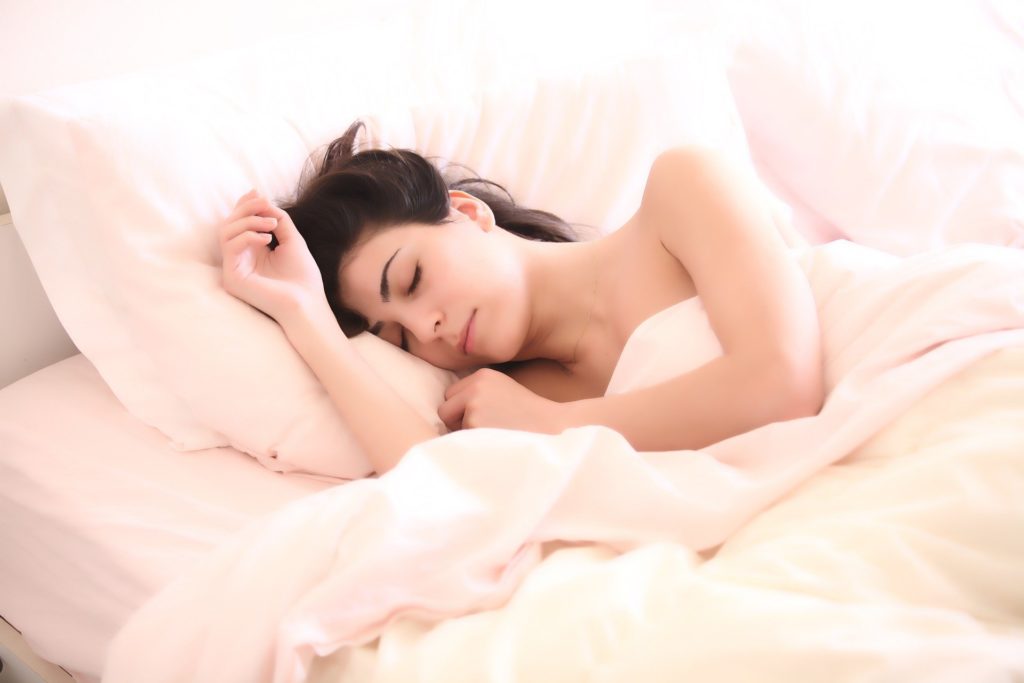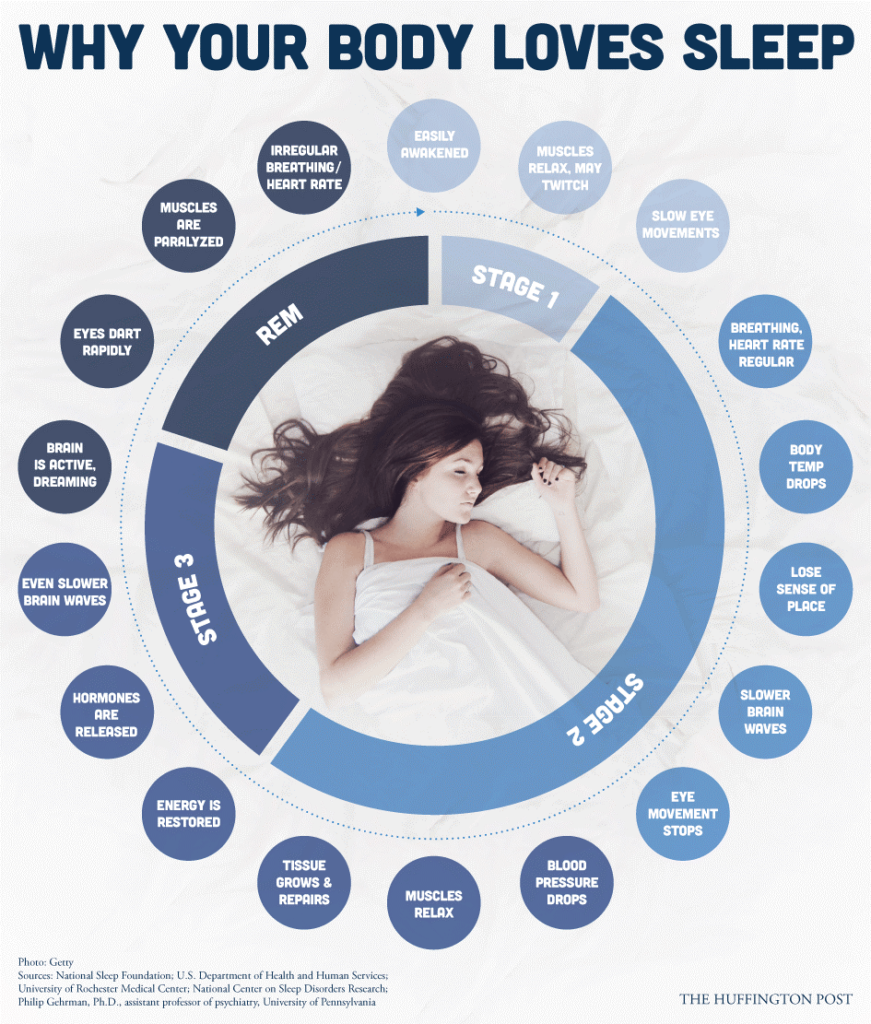
Balance is defined as an even distribution of weight enabling someone or something to remain upright and steady.
Sway is the horizontal movement of the center of gravity even when a person is standing still.
Maintaining balance requires coordination of input from multiple sensory systems including:
- Vestibular system: sense organs in the ears that regulate equilibrium; directional information as it relates to head position
- Somatosensory system: information from skin and joints (pressure and vibratory senses); spatial position and movement relative to the support surface; movement and position of different body parts relative to each other
- Visual system: Reference to verticality of body and head motion; spatial location relative to objects
Aging and Balance Impairment
- Decline in flexibility and fluid viscosity within the vestibular system reduces its ability to regulate equilibrium.
- Decline in flexibility and nerve conduction in joints leads to reduction in mechanical stability.
- Decline in muscle and connective tissue or ligament strength can lead to functional instability
- Decline in balance is the strongest predictor of falls and one in three people 65 and over will fall each year.

Balance Test
This test is designed to determine the basic balance of an individual.
- Begin by standing straight behind a chair with eyes open and weight even between feet.
- Resting your hands on the back of the chair, continuing to stand up straight, close your eyes.
- If you sway with your eyes closed it likely means that you are off balance.
Ways to Support Balance
- Exercise regularly. It is important that the exercises focus on increasing leg strength and improving balance, and that you get more challenging over time. Tai Chi programs are especially good.
- Ask your doctor or pharmacist to review your medicines—both prescription and over-the counter—to identify medicines that may cause side effects or interactions such as dizziness or drowsiness.
- Have your eyes checked by an eye doctor at least once a year and update your eyeglasses to maximize your vision. Consider getting a pair with single vision distance lenses for some activities such as walking outside.
- Make your homes safer by reducing tripping hazards, adding grab bars inside and outside the tub or shower and next to the toilet, adding railings on both sides of stairways, and improving the lighting in their homes.
- Get adequate calcium and vitamin D—from food and/or from supplements.
- Do weight bearing exercise. Mild weight-bearing exercise, like walking or climbing stairs, helps slow bone loss from osteoporosis and increase muscle strength.
Beyond Better Balance
The other benefits of multi-component exercise programs include:
- Faster reaction time. This can help you keep yourself upright if you start to fall by putting out an arm quickly to grab something stable.
- Improved coordination. This can directly help prevent falls but can also help you roll rather than crash as you go down.
- More muscle. Stronger and larger muscles can buffer the impact of a fall, providing some protection to bones and joints.
- Stronger bones. Resistance exercises strengthen bones, and stronger bones are more resistant to fractures.
- Better brain function. Regular exercise helps maintain brain function with age. Clearer thinking may help you avoid situations that increase fall risk.

Seated Balance Techniques
Building balance while remaining safely seated. These practices are accomplished while sitting with your back straight, feet flat on the floor, and chin parallel to the floor. These exercises help to improve stomach and back strength, reducing back pain and improving balance.
Seated Abdominal Strengthening
- Sitting up straight, feet flat on the floor, hands resting on knees.
- Breathing in slowly through the nose; slowly raise arms up to shoulder height, palms facing down, keeping back straight.
- Hold arms at shoulder level while holding breath for count of two.
- Breathing out slowly through the mouth; slowly lower arms back down, palms on knees while keeping your back straight.
- Pause while holding your breath for a count of 2 and repeat the process at least 5 times.

Seated Side Strengthening
- Sitting up straight, feet flat on the floor, hands resting on knees.
- Breathing in slowly through the nose; slowly raise left arm up over the head and arch to the right.
- Hold arm above head while holding breath for count of two.
- Breathing out slowly through the mouth; slowly lower arm back down, palm to knee while returning your to back straight.
- Pause while holding your breath for a count of 2 and repeat the process with the right arm and repeat both sides at least 5 times.

Seated Twist
- Sitting up straight, feet flat on the floor, hands resting on knees.
- Breathing in slowly through the nose; slowly turn to the left with both hands resting on the left arm of the chair, sitting up straight while twisting, head turned and eyes looking left.
- Pause while holding your breath for a count of 2.
- Repeat the process with the right arm with head turned right and repeat both sides at least 5 times.

Seated Reach
- Sitting up straight, feet flat on the floor, hands resting on knees.
- Breathing in slowly through the nose; slowly reach across your chest with your left arm, keeping your right arm down with palm resting on knee, sitting up straight while twisting, resting left elbow on right armrest while facing forward, eyes looking straight.
- Pause while holding your breath for a count of 2.
- Repeat the process with the right arm on left armrest with eyes looking straight ahead and repeat both sides at least 5 times, breathing and twisting.

























